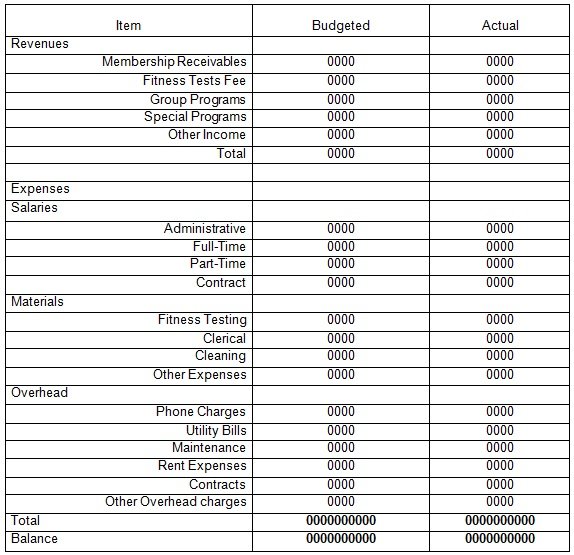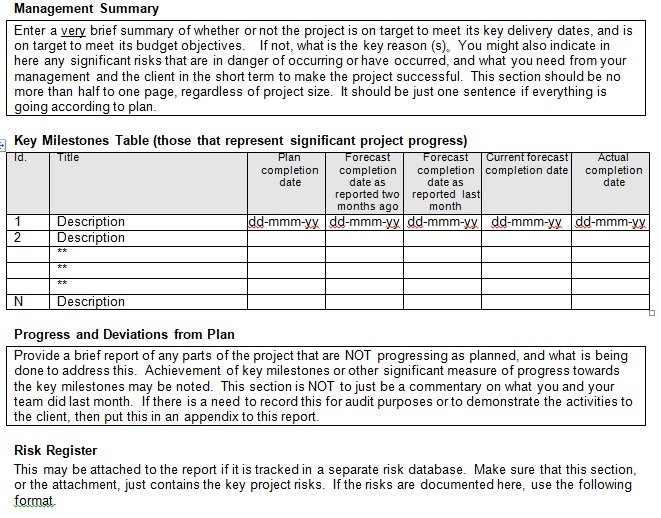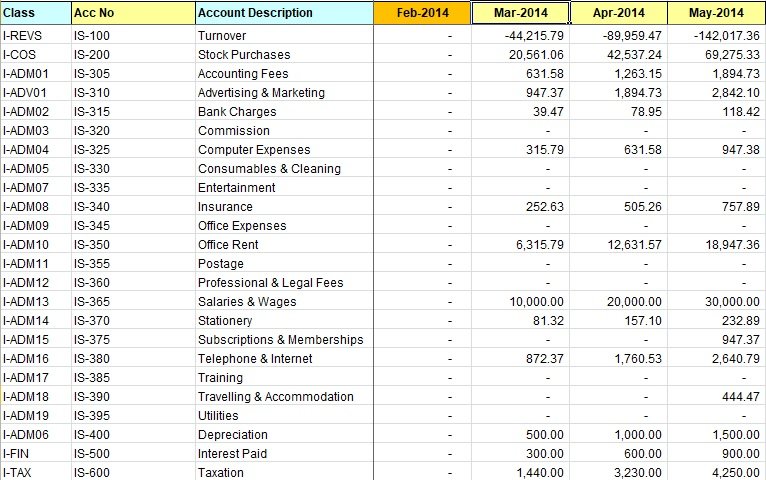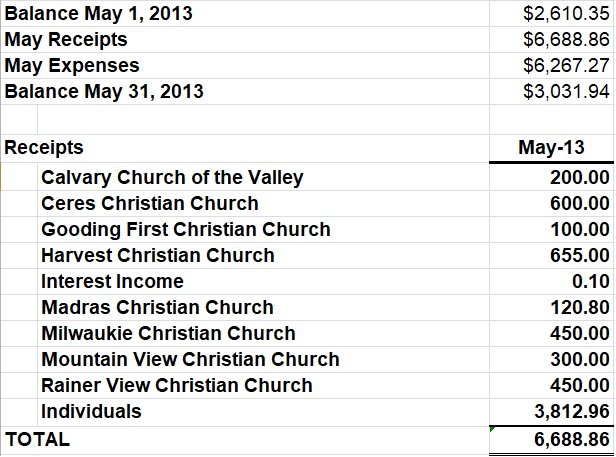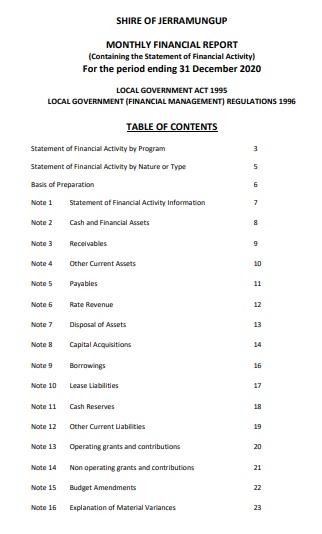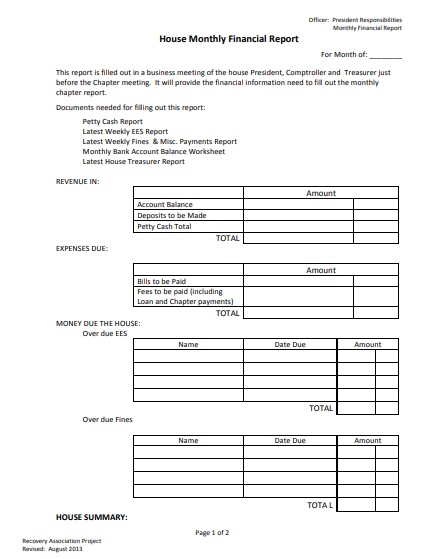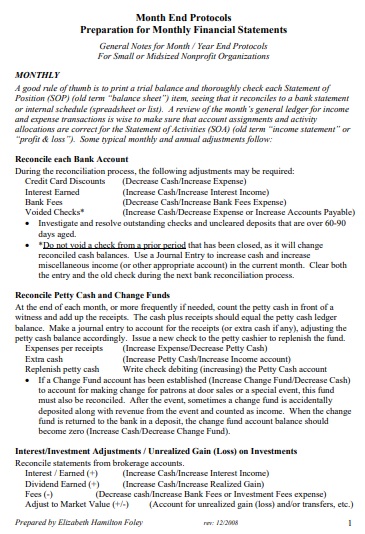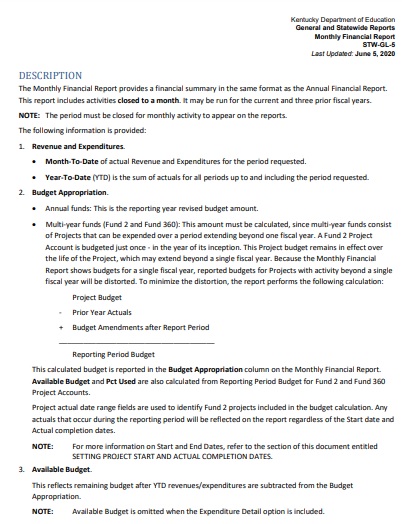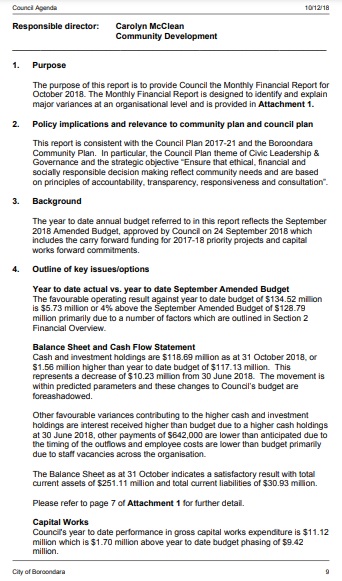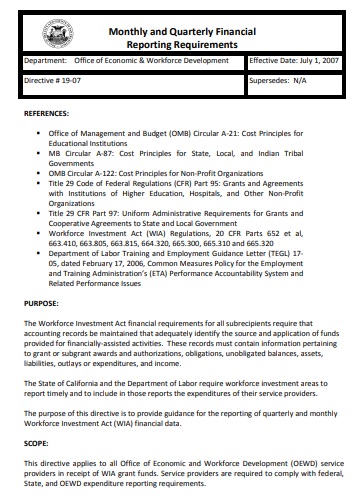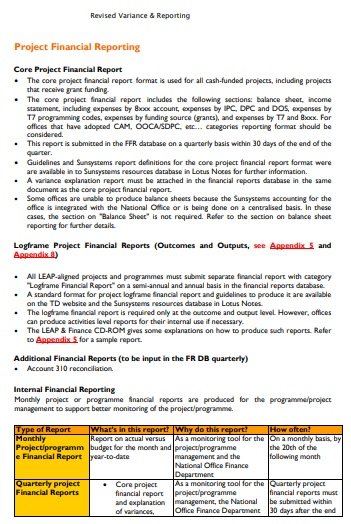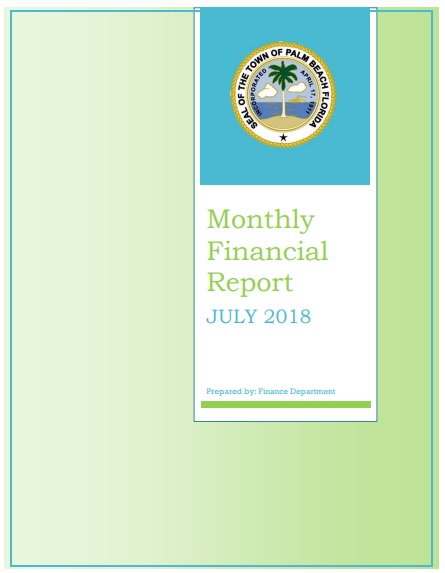Business owners need a monthly financial management report template to grasp the status of their monthly finances and extract actionable insights. With the help of this report, they can enhance long-term profitability.
Moreover, this financial report keeps you updated with significant progress or changes in your finances. It is an effective means of measuring your cash flow and overall financial position. The report provides you with a bird’s eye view of your business’s financial position.
Table of Contents
- 1 What is a financial report?
- 2 What is the monthly management report?
- 3 Different types of financial reports:
- 4 What things should the monthly financial report include?
- 5 Why should the CFO use a monthly financial management report?
- 6 What KPIs should the CFO track in the monthly reports?
- 7 How do I write a financial report?
- 8 The benefits of a financial report:
- 9 Faq (Frequently Asked Questions)
What is a financial report?
A financial report is a document created by businesses to effectively communicate key financial information. With the help of specific KPIs, this management tool covers every aspect of financial affairs. This makes sure business’ constant growth and revenue.
Businesses or organizations must have to make a financial report to support certain financial objectives. If you work as a financial agency then this document makes you able to share useful information with investors, decision-makers, and creditors.
What is the monthly management report?
The monthly management report is the report that shows your company’s financial and operational performance on a month-to-month basis. This report is present in the management information system on the last day of each month. It helps the management team to track the past and present performance of a company. Furthermore, it allows you to check the performance of each employee, improve the areas that are making problems for the management, and the areas that require special focus.
Different types of financial reports:
Here are the three main types of financial reports;
Balance sheet
A financial statement that gives detailed information about a company’s assets, liabilities, and equity is referred to as a balance sheet. This type of financial report provides a big picture of a business’s financial health. Let us discuss each element of the balance sheet in detail;
- Assets: these are the items such as furniture or equipment that are owned by your company. They can provide you with future economic benefits.
- Liabilities: these refer to what your company owes to others. They can be categorized into long-term liabilities (the lease of your office building or a bank loan) and short-term liabilities (your credit card debt or wages to employees).
- Equity: it indicates the stake of the shareholder in the company. Subtract the total liabilities from the total assets to calculate the shareholders’ equity. The general accounting equation formula is used to perform this calculation;
Assets = Liabilities + Shareholders Equity
Income statement
The income statement specifies the revenue generated from sales. This statement also indicates all the operating expenses that are involved in generating that income. It portrays the profitability of a business over a specified period. There are 4 key elements on which the income statement focuses;
- Revenues: these are of two types operating and non-operating. The operating revenues contain all income relevant to primary activities. While the non-operating revenues are relevant to non-core business activities like rental income from the business property.
- Gains: the money made from other activities is measured by gains. These activities aren’t related to business and are a one-time-only thing.
- Expenses: they refer to costs that are relevant to core operations. They can be categorized into primary (linked with operating revenue) and secondary (linked with non-operating revenue).
- Losses: the expenses that cost the company to lose assets are referred to as losses.
Cash flow statement
This type of financial report specifies the money entered and left the business over a specified time period. To pay debt obligations and cover operating expenses, it measures how well the company manages to generate cash. There are basically three main sections into which the cash flow statement is divided;
- Operating activities: these include any sources or uses of cash from daily business activities. These activities may include;
1- Goods and services
2- Interest payments
3- Salary for employees
4- Tax payments - Investing activities: these activities may contain purchases or sales of assets, loans made to vendors, and more.
- Financing activities: these refer to sources or uses of cash from investors and banks. They may include;
1- Dividends
2- Payments for stock repurchases
3- Loans
What things should the monthly financial report include?
Your monthly financial report should include the following things such as;
- Income statement
- Cash flow statement
- Action plan
- Working hours
- Percentage of capacity
- Average cost
- Days sales outstanding
- Days payable outstanding
- Labor capital analysis
- Downtime
- EBITDA (earnings before interest, taxes, description, and amortization) ratio.
However, every company has different indicators that should be included in a monthly financial report at the end of the month.
Why should the CFO use a monthly financial management report?
Chief financial officers (CFOs) are strategic business partners. They play a key role in analyzing and implementing business strategies. The traditional role of CFOs is to monitor financial KPIs and build powerful roadmaps for the business. For the finance and accounting teams, this financial management report overviews the critical KPIs.
What KPIs should the CFO track in the monthly reports?
The KPIs that the CFO has to track in the monthly reports are;
- Revenues
- Net profit
- EBIT
- Accounts Receivables
- Accounts Payable
- AR turnover ratio
How do I write a financial report?
Let us discuss step-by-step how to write a financial report;
- At first, gather all the information that you want for writing a financial report. Your ledger is up to date and correctly recorded.
- Next, prepare the balance sheet. Your balance sheet includes the company’s assets, liabilities, and equity accounts. Give title the first page of your financial report ‘’balance sheet’’. Add the organization’s name.
- After listing your assets, liabilities, and equity accounts then add up the liabilities and equity. Title this section ‘’ total Liabilities and Equity’’. Your all assets and sum of liabilities and equity must be the same.
- After that, create the second page of your financial report. Title this page as ‘’income statement’’. The income statement page includes sources of revenue, costs of goods sold, operating expenses, and retained earnings. Retained earnings are the sum of all net income and net losses since the company was established.
- When you all done with the income statement page then create another page. Title this page as ‘’Statement of Cash Flows’’. This page has three sections such as the operating activities section, investing activities section, and financing activities. Then, sum up all these sections and title them ‘’Increase or Decrease in Cash’’.
- In the end, create a section called ‘’Notes to the Financial Statement’’. It contains important information about the company.
The benefits of a financial report:
Here are the benefits of a financial report;
Performance tracking
The financial reports enable the stakeholders to have a quick and accurate view of all financial areas of a business. This assists them in making more informed decisions and planning strategies.
Indicating financial situation to investors and stakeholders
Make use of a financial report in case you have investors or you are in search of potential ones to expand your business. It is a fundamental tool that indicates a snapshot of your business performance. With the help of a report, you can let your investors know where their money went and where it is now.
Debt management
A detailed balanced sheet of your assets and liabilities is included in professional financial reports. They assist you in understanding your liquidity and managing your debts accordingly.
Stay compliant with tax laws
Staying compliant with tax laws is one of the most important benefits of using financial reporting. You have to pay taxes, the size of your company doesn’t matter. Your financial documents will be used by tax agents to ensure that you are paying your fair amount.
Faq (Frequently Asked Questions)
Usually, there are five basic types of financial statements that are prepared quarterly, monthly, annually or the interval required by the management. These types are as follow;
1- Income statement
2- Statement of financial position
3- Statement of change in equity
4- Statement of cash flow
5- Noted to financial statements
Yes, they are two different reports. The financial report is the result of whole business activities while the management report presents more detailed information about the geographic region, product line, customers, and profits by-products. The financial report just tells about profit and loss. On the other hand, the management report also tells about the cause of problems and how to tackle them.

